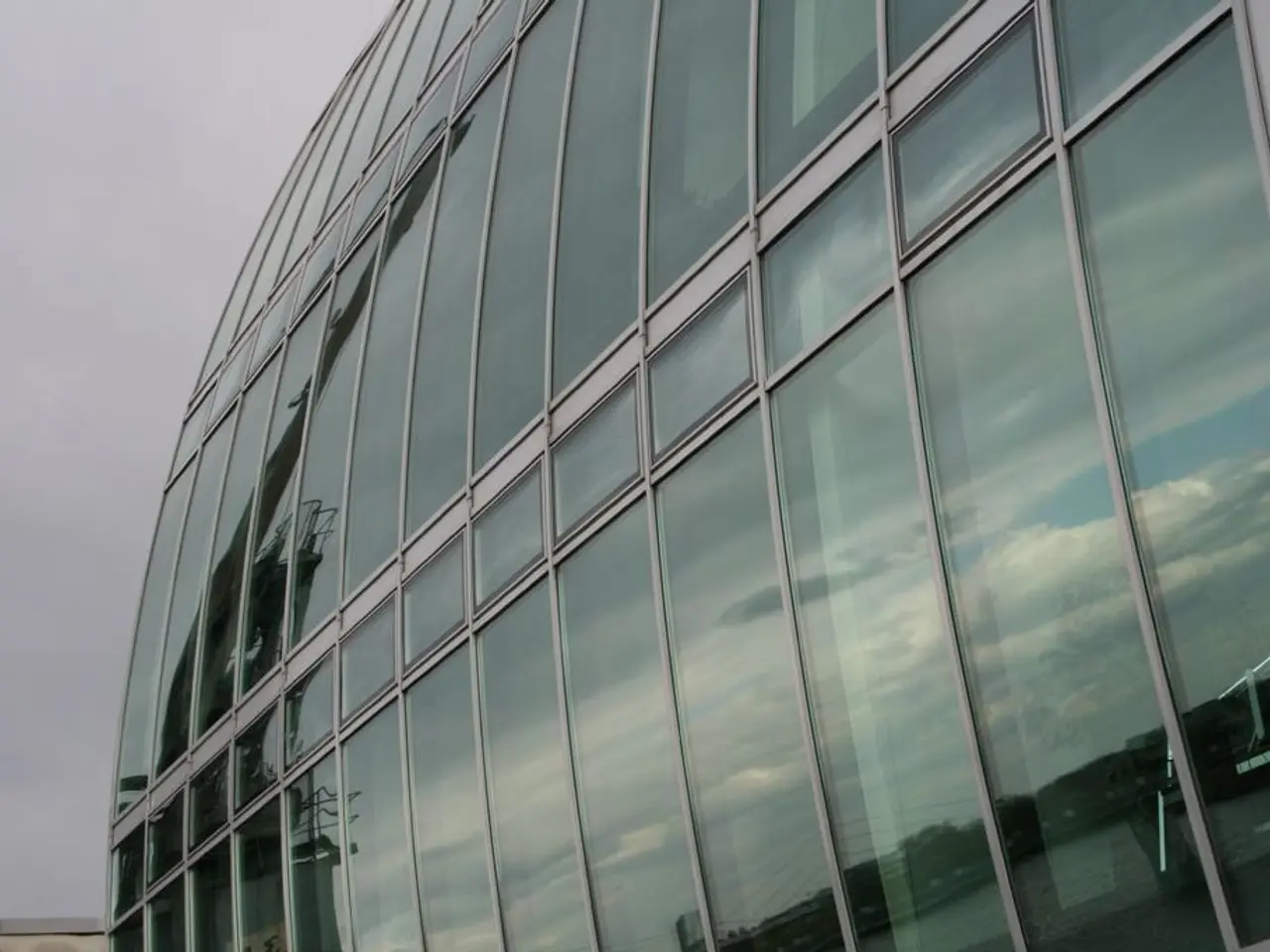Austrians are reportedly seeing benefits from the recent pension changes
The Austrian government has announced the introduction of a new partial pension scheme, set to become available from 2026. This innovative system allows individuals aged 63 and over to reduce their working hours by 25 to 75 percent and receive a proportionate partial pension alongside a reduced salary.
According to Social Minister Korinna Schumann, approximately 10,000 people are expected to utilize this new model each year. Economist Dénes Kucsera, however, expresses concerns that the partial pension may not significantly change the retirement situation due to a small incentive compared to early retirement.
The partial pension system compensates for reduced work hours as follows: reducing work hours by 25-40% yields an additional 25% of accrued pension benefits, by 41-60%, 50% of accrued pension benefits are paid, and by 61-75%, 75% of the accrued pension entitlement is granted in addition to salary. This setup allows the individual to remain employed part-time and access a portion of their pension early, supporting a smoother transition to full retirement.
However, the partial pension can only be taken for a maximum of three years, a reduction from the previous five-year limit, which some unions criticize as it may reduce incentives to stay in the workforce longer.
### Long-Term Income Impact Compared to Other Retirement Options
The partial pension offers a middle path for older workers. Compared to full retirement, income is split between reduced wages and partial pension payments, potentially resulting in lower immediate income but more than full retirement pension alone. It can help maintain cash flow and social security contributions, preventing steep income drops.
Phased retirement, previously allowed longer phased reductions in working hours, encouraged prolonged workforce participation and sustained pension accumulation. However, the reduction of eligibility to three years for partial pension may limit this benefit.
Full retirement at statutory age typically results in receiving the maximum pension entitlement but without any employment income. For someone aged 63, early full retirement may reduce pension benefits due to actuarial deductions compared to partial pension where some work income is maintained.
Continuing to work full-time postpones pension collection but increases eventual pension payouts due to additional contributions and accruals, which could yield a higher long-term income than early partial pension.
### Considerations
Partial pension allows for a gradual exit from the labor market, which can be attractive for older workers wanting reduced workload but stable income. However, because the payment of partial pension depends on employer agreement and reduction of working hours, it may cause employment contract uncertainties or job loss risks if agreements are not reached.
Partial pension recipients still contribute to social security, potentially maintaining pension value better than full early retirement. Overall, partial pension provides flexibility but may result in slightly lower long-term income than continuing full work until standard retirement age due to smaller pension accrual and wage reductions.
In 2030, a mechanism to cap pension costs will be implemented. If the 63-year-old Austrian continues working past the age of 65, he will receive an annual supplement of 5.1%, increasing his pension to €3,890 upon retirement at 68. If he chooses the corridor pension immediately, he will receive a gross monthly pension of €2,694. At 65, the man will fully retire with a final pension height of €2,922 gross, including partial pension.
A survey on the OGM-our website shows that the new partial pension is a familiar term to most Austrians. If the 63-year-old Austrian chooses the 50% partial pension, his pension account will be closed by half, leaving €1,500. Kucsera also questions the feasibility of many early retirees transitioning to the partial pension model, as only 2,600 out of 35,500 early retirees were 63 years and older in 2024.
References: [1] OGM-our website (accessed on March 20, 2023)
1.The new partial pension scheme in Austria, designed for individuals aged 63 and over, is expected to have a significant impact on personal-finance as it allows for reduced work hours while receiving a proportionate partial pension alongside a reduced salary.
- Businesses may also be affected by the partial pension system, as the scheme depends on employer agreement and potential job loss risks if agreements are not reached with employees who wish to take advantage of the part-time work and early pension option.




